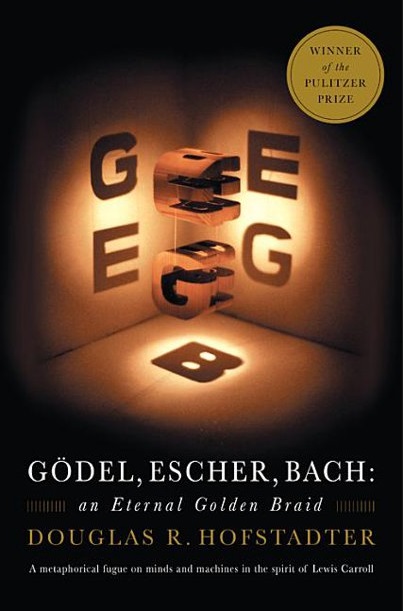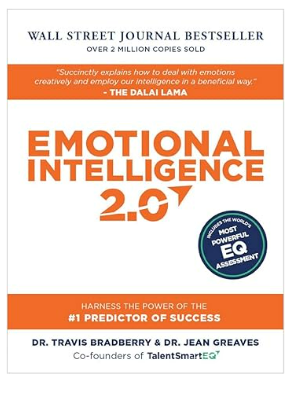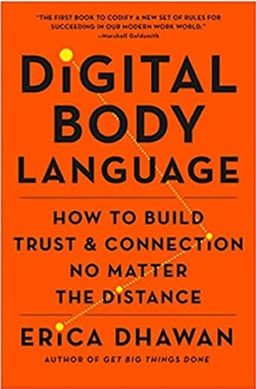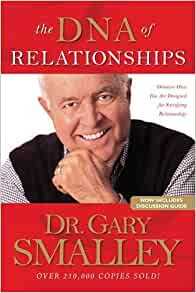
Paperback – February 5, 1999
ISBN-10 : 0465026567
ISBN-13 : 978-0465026562
This book was required reading during graduate school. It was an amazing book, and very interesting one for a graduate professor to select. But I'm glad to have encountered GEB.
So what's the book about?? Well that is a good question. One that's hard to answer.
Amazon.com summary is as follows:
A metaphorical fugue on minds and machines in the spirit of Lewis Carroll
Recently I bought the 20th anniversary edition. Hofstadter has had that question asked so many times that he actually spend the most of the preface on this edition addressing that question. At one point he says the following:
Why is it so hard to figure out what this book is about? Certainly it's not just its length. No, it must be in part that GEB delves, and not just superficially, into so many motley topics - fugues and canons, logic and truth, geometry, recursion, syntactic structures, the nature of meaning, Zen Buddhism, paradoxes, brain and mind, reductionism and holism, ant colonies, concepts and mental representations, translation, computers and their languages, DNA, proteins, the genetic code, artificial intelligence, creativity, consciousness and free will sometimes even art and music, of all things! - that many people find it impossible to locate the core focus.
Later he focuses in more on his answer:
In a word, GEB is a very personal attempt to say how it is that animate beings can come out of inanimate matter. What is a self, and how can a self come out of stuff that is as selfless as a stone or a puddle? What is an "I", and why are such things found (at least so far) only in association with, as poet Russell Edson once wonderfully phrased it, “teetering bulbs of dread and dream” – that is, only in association with certain kinds of gooey lumps encased in hard protective shells mounted atop mobile pedestals that roam the world on pairs of slightly fuzzy, jointed stilts? GEB approaches these questions by slowly building up an analogy that likens inanimate molecules to meaningless symbols, and further likens selves (or “I”'s or "souls”, if you prefer - whatever it is that distinguishes animate "- - from inanimate matter) to certain special swirly, twisty, vortex-like, and meaningful patterns that arise only in particular types of systems of meaningless symbols. It is these strange, twisty patterns that the book spends so much time on, because they are little known, little appreciated, counterintuitive, and quite filled with mystery.
...
And for reasons that should not be too difficult to fathom, I call such strange, loopy patterns "strange loops” throughout the book, although in later chapters, I also use the phrase "tangled hierarchies" to describe basically the same idea
Yeah. That’s it. I was going to say that also.
The concept of "strange loops" was definitely a recurring theme with with Hofstadter. He later says the following:
Back to strange loops, right now. GEB was inspired by my long-held conviction that the strange loop notion holds the key to unraveling the mystery that we conscious beings call “being" or "consciousness".
It certainly is an intriguing book. Not light reading though. In fact I know of at least one college class dedicated just to this book.
Got a lot of spare time, was wondering about strange loops as well?? Go grab a copy and enjoy!











